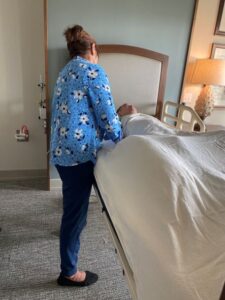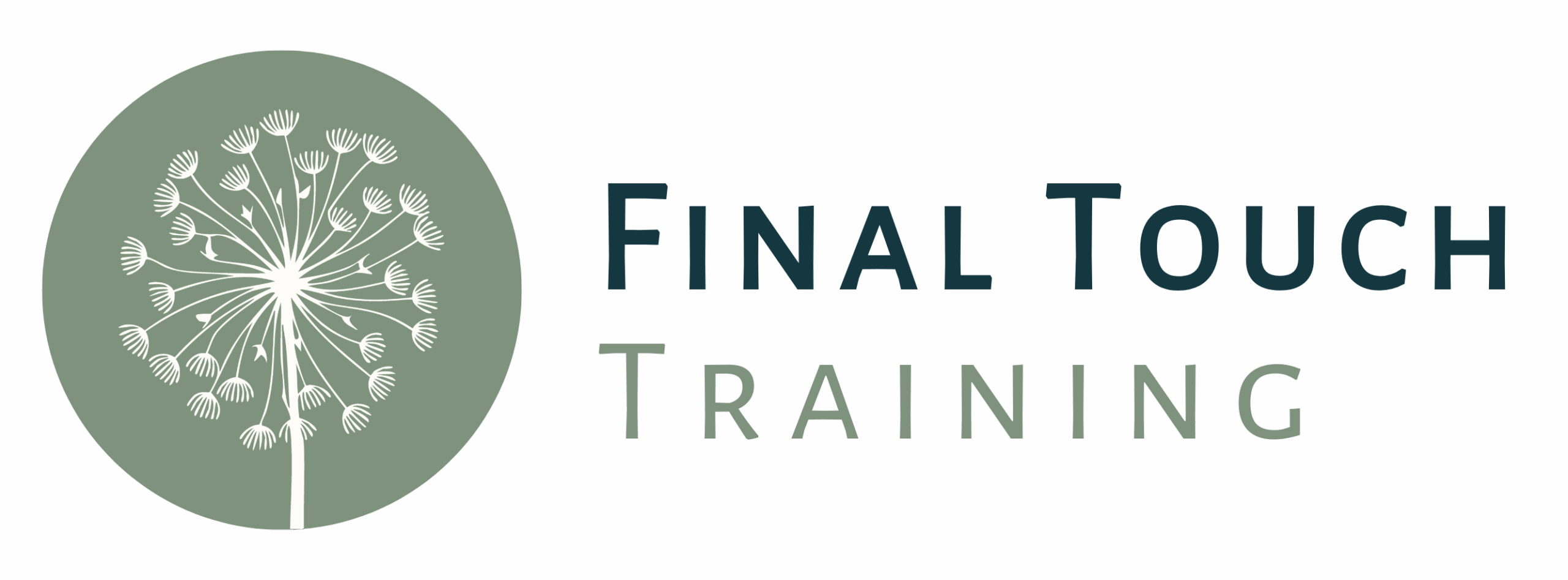Several days into a recent vacation, I realized I had no back pain. One day after returning to work, my back hurt again. I think it’s clear that my work is to blame.
Massage therapy students receive a lot of information during massage school about working ergonomically. But this learning doesn’t apply when our clients are in recliners or hospital beds rather than on a massage table. I thought I had made the adjustments needed to protect my body at the bedside. But now I realize I need to do more.
It was Irene Smith who enlightened me that propping is not just for the patient. Focusing on patient comfort to the exclusion of our own is not a sustainable way to work. I’ve also observed that empathic patients are keenly aware of whether we are comfortable. Their concern about us can keep them from fully relaxing.
So I’ve spent the past week paying more attention. Here are a few insights.
-
Though I was raising the hospital bed while standing, I was not raising it high enough. The ideal height is for the patient to be level with the therapist’s waist, or belly button.
-
When working in a seated position, the bed should also be raised (or lowered) to the height of the therapist’s waist or belly button
-
The therapist’s hips should be pointed toward the working hands, to avoid twisting from the waist.
-
The patient’s body should be as close to the therapist’s hands as possible in order to avoid reaching. This is fairly easy when the therapist is standing.

Patient at the height of the therapist’s waist and hips pointed toward working hands creates nice spinal alignment for the therapist.
-
When working in a seated position, a pillow can be used to bridge the distance between the therapist and patient, as pictured in the top photo. Part of the pillow sits in the therapist’s lap, giving the therapist’s arms something to rest on. The folded green towel under the patient’s right shoulder was added to fill space. No leaning, no back strain.
-
Remember to return the patient’s bed to the lowest position if it has been moved for massage.


